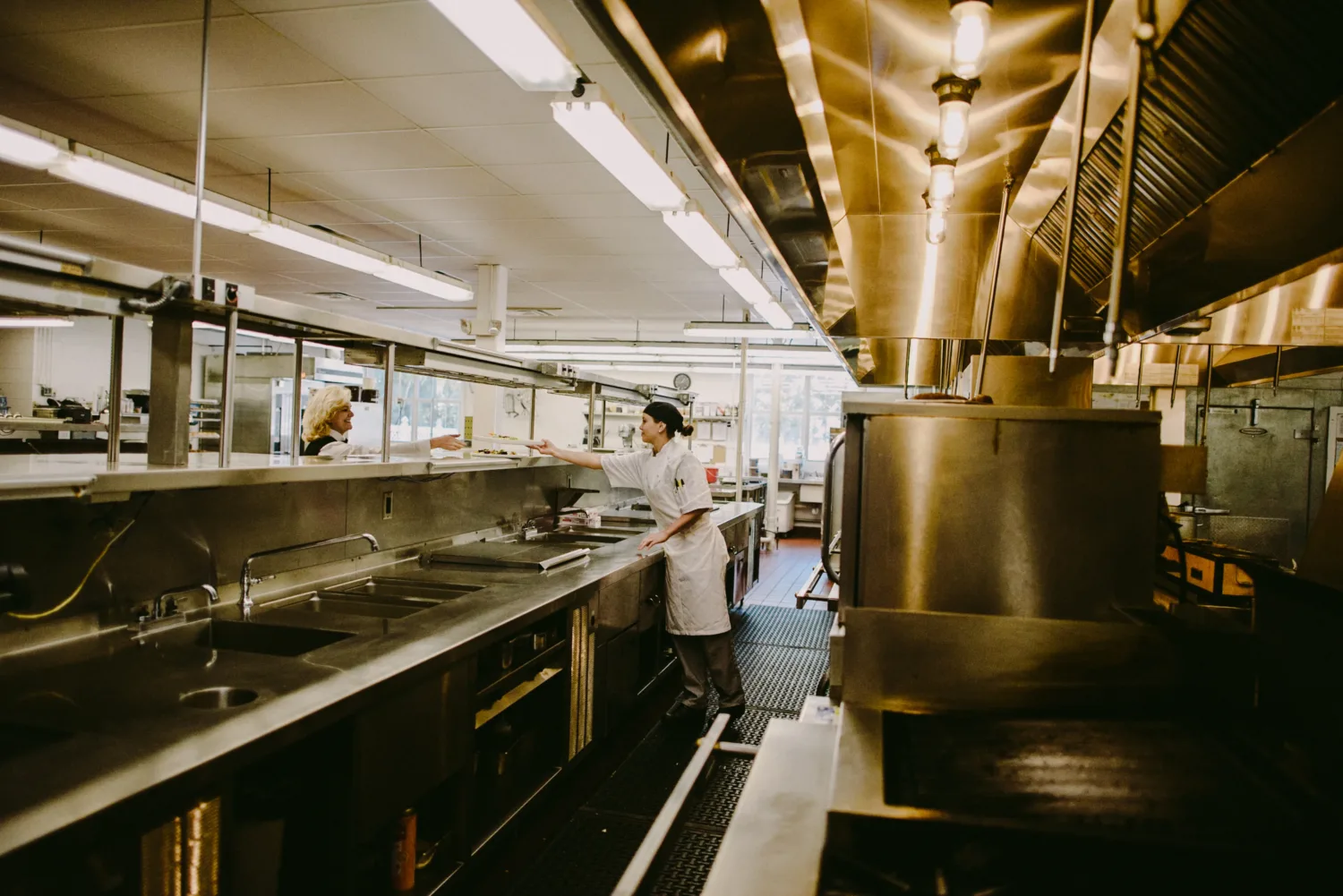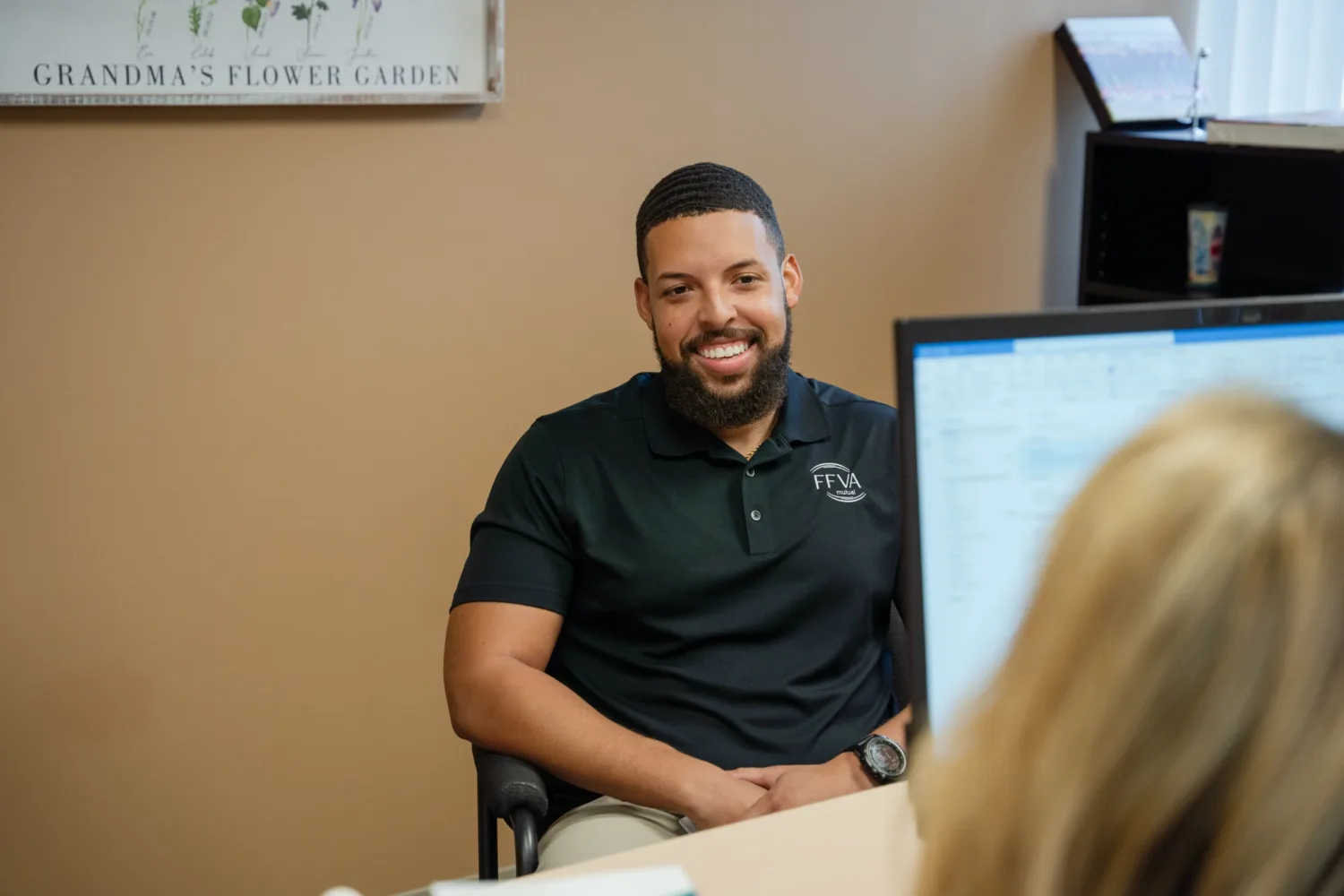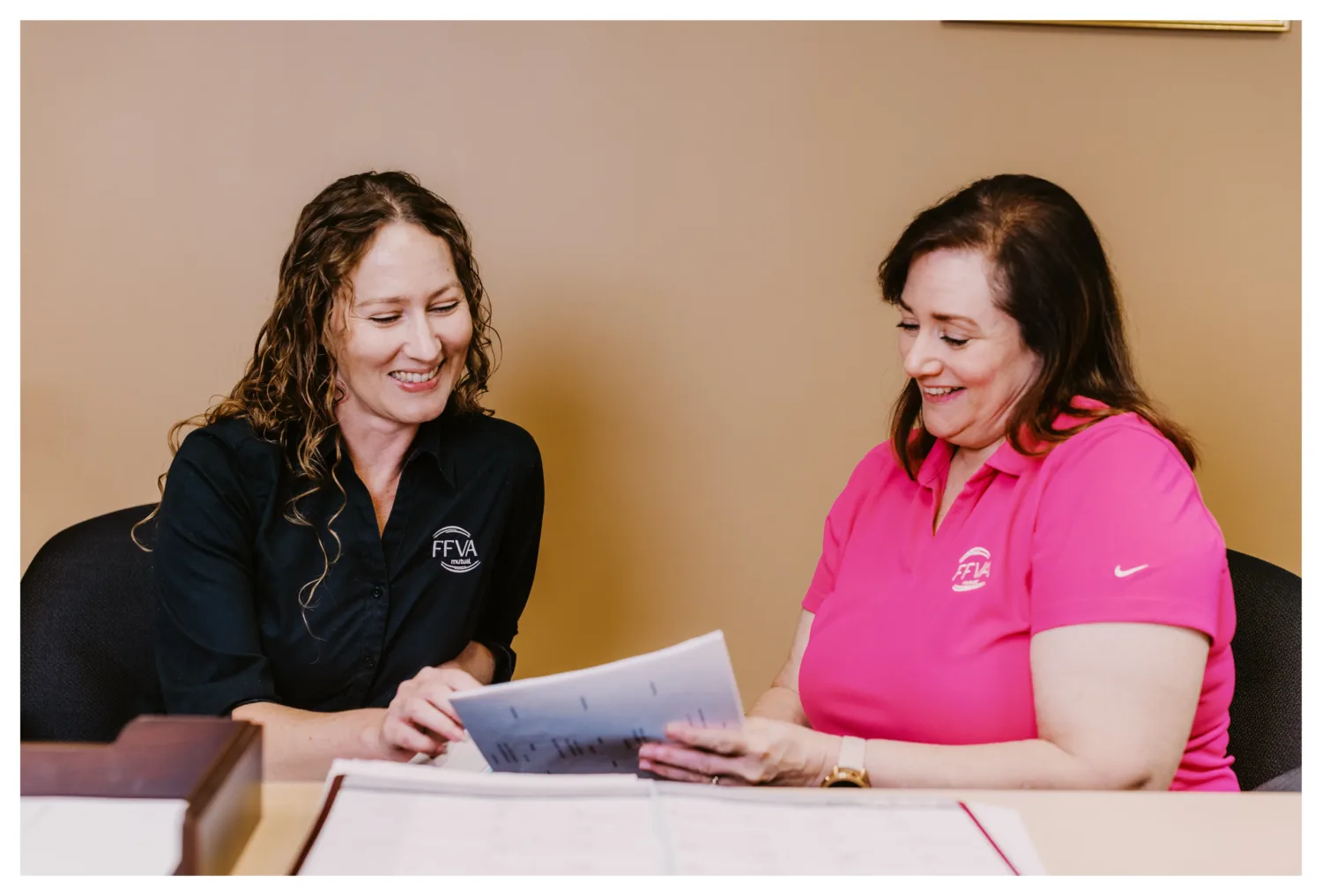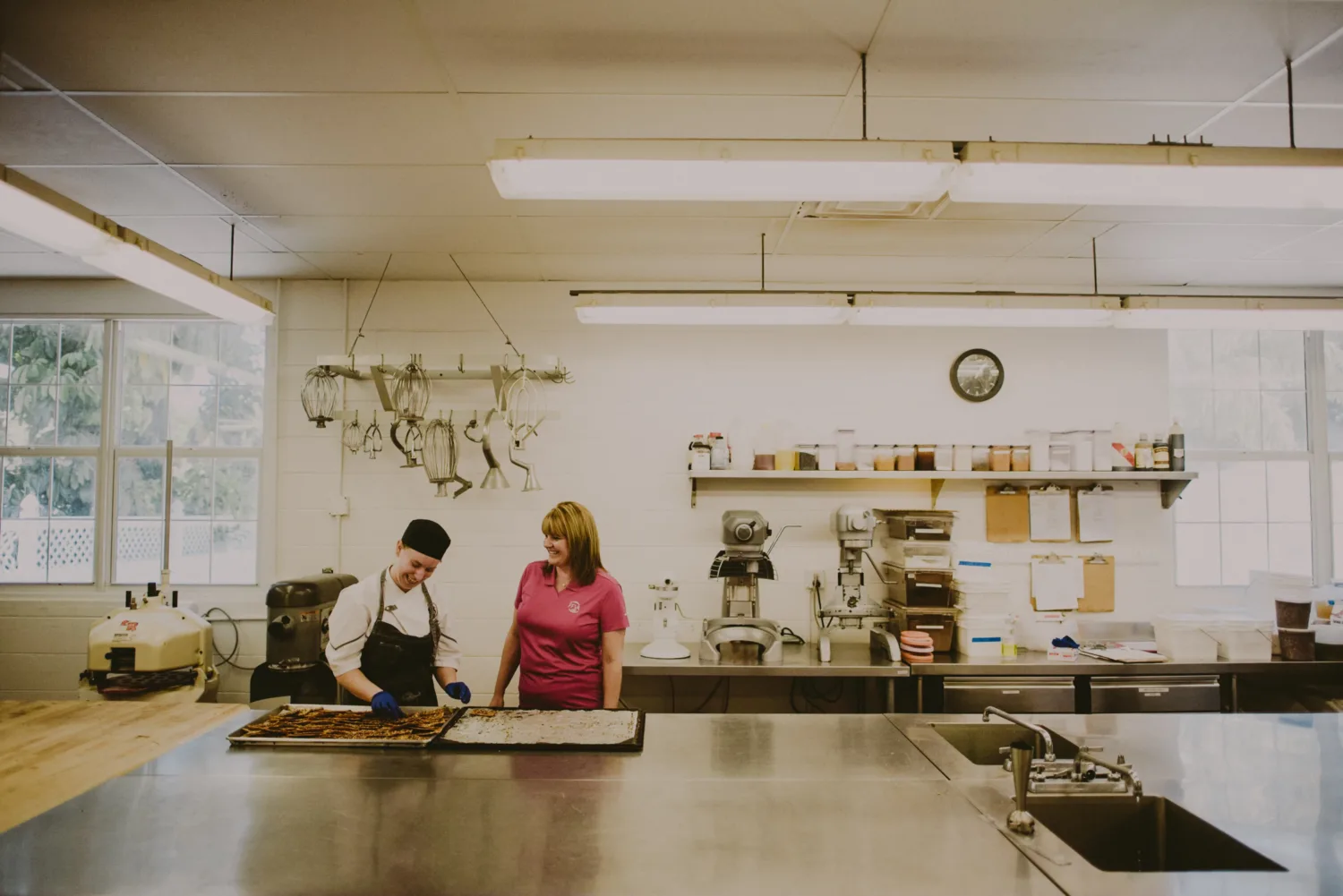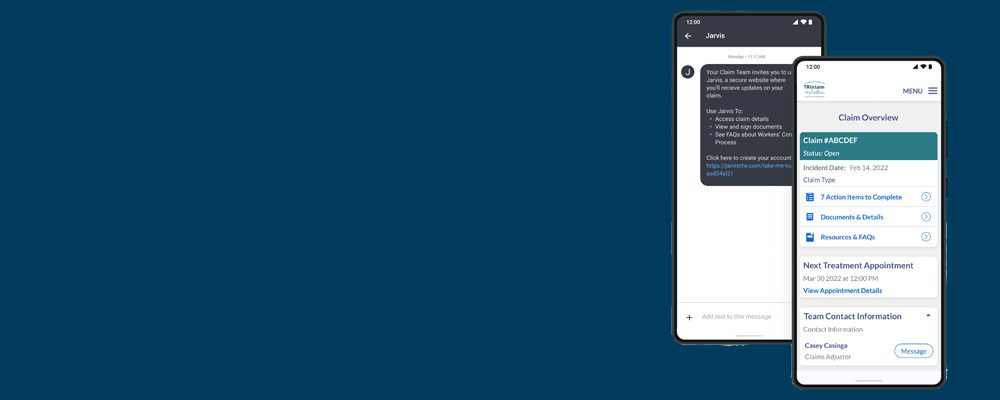Slip, Trip and Fall Prevention in the Workplace
The safety and well-being of employees are essential to the success of any organization. One of the most important ways to ensure employee safety is by preventing slips, trips and falls in the workplace. While these accidents may seem minor, they can cause significant injuries and impact employee health and productivity.
Fortunately, identifying and addressing common hazards can help prevent these accidents and create a safer work environment. However, taking the necessary steps to mitigate these risks may seem daunting at first. That’s why we’re here to help.
So, let’s explore the most common hazards that cause slips, trips and falls in the workplace so you can create a prevention plan that works for you. If there’s one thing we can guarantee, it’s that your efforts will be appreciated and valued by your employees.
The Impact of Slips, Trips and Falls on Employers and Employees
Slips, trips and falls can have a significant impact on both employees and employers. These types of accidents can result in serious injuries that can have long-lasting consequences, both physically and financially. In some cases, they might even lead to death. Unfortunately, they’re all too common in the United States, with around 42,000 people dying every year as a result, according to National Safety Council (NSC) statistics.
While all industries are at risk, some are more vulnerable than others. For instance, in the construction industry, falls are the most common cause of on-the-job fatalities.
In addition to the human cost, slips, trips and falls also have a significant financial impact. It’s estimated that fall-related injuries cost $70 billion every year in workers’ compensation payouts and medical expenses. For the employers themselves, they’ll have to pay even more in lost revenue due to employees having to miss work.
Your Role as an Employer
As an employer, it’s your responsibility to ensure that your workplace is safe for your employees. This includes taking measures to prevent slips, trips and falls. Not only is it the right thing to do, but it’s also required by law. The Occupational Safety and Health Administration (OSHA) has regulations in place that outline your responsibilities as an employer when it comes to workplace safety. It’s important to be aware of steps to stay compliant when it comes to fall protection.
It’s important to recognize that slips, trips, and falls can happen to anyone, anywhere, and at any time, but taking a proactive approach is crucial. This means identifying potential hazards and taking steps to address them before an accident occurs. You should also provide your employees with the necessary training and resources to help them stay safe on the job.
In addition to these preventive measures, it’s important to have an open and honest dialogue with your employees about workplace safety. Encourage them to speak up if they notice a hazard, and take their concerns seriously. By working together, you can create a culture of safety where everyone feels empowered to make a positive impact.
Common Slip, Trip and Fall Hazards
Well over half of the falls (67% to be exact) happen when the individual falls at the same level that they are standing on, as opposed to falling from an elevated surface (which causes the remaining 33%). This might go against what many people think about trips, slips and falls, but it’s important to know because it can help you better identify hazards and plan to prevent them.
Like many other workplace injuries, slips, trips and falls are mostly caused mainly by sloppy workplace designs and poor practice. Hazards can be broadly separated into a few main categories:
- Floor Surface Hazards: Slippery surface areas can lead to a fall. That includes any oily or wet surfaces created after a spill that aren’t quickly cleaned or at least properly signposted. Loose rugs or mats can cause a tumble if employees aren’t careful.
- Obstructions: Anything that blocks a walkway, entrance ways or anywhere else that people regularly walk through could be a fall hazard. That might include drawers not being closed, uncovered cables that aren’t properly flagged or taped down, or even obstructions that keep employees from clearly seeing in front of them.
- Workspace Design: One of the most important, especially when it comes to removing hazards, your workspace design itself might be encouraging trips and falls. Poor lighting in some areas might make it hard to see a tripping hazard, making employees unable to avoid them. Your walking surface might be uneven, too, which can disrupt someone’s balance and cause a fall accident.
Ways to Prevent Slip, Trip and Fall Injury
Much of slip, trip and fall prevention comes down to properly training employees on best practices to make sure they don’t unnecessarily put themselves at risk. Others require you to take a close look at your workspace design and identify possible workplace hazards that way. You should conduct a thorough job hazard analysis to assess every aspect of every job within your organization to make your work area as safe as possible.
Areas to Focus Your Prevention Efforts:
- Good Housekeeping: This one’s the simplest because it merely requires you and your employees to take good care of your work area. Ensure that all spills are cleaned immediately and that all tools, equipment and materials are stored properly. Regularly inspect walking areas to identify and correct potential hazards, maintaining a clear and safe path for all.
- Adequate Signage: Adequate signage can help prevent slips, trips and falls by alerting employees to potential hazards. For example, placing “Caution: Wet Floor” signs in areas where spills may occur can help employees avoid accidents. Additionally, signage in parking lots can direct employees to use designated walking surfaces, reducing the risk of a workplace accident.
- Appropriate Footwear: Safety shoes with non-slip soles should be worn whenever the risk of slipping or tripping is high. Employees should also wear steel-toe boots or shoes when working around heavy machinery or in areas with rough surfaces. Encouraging the use of slip-resistant footwear is a key step in injury prevention.
- Workspace Design: It’s likely you’ll have to design your workspace in a way that promotes better workplace safety. Many falls happen from the same level. Implementing floor treatments, such as stair treads and anti-slip coatings, can also increase slip resistance on steps and walkways, as well as handrails in stairwells. You should also install barriers to prevent falls from high places, such as adding railings on balconies or decks. It’s also a good idea to replace all worn-out mats with newer ones with better traction.
- Maintain Equipment and Machinery: Regular maintenance is essential for ladder safety, preventing accidents that could lead to serious injury. Inspect all equipment and machinery on a regular basis to ensure that it’s in good working order. Make sure that stairs, railings and other surfaces are free of debris or grease buildup. If you find anything out of place, fix it immediately.
- Use Proper Lighting: If employees can’t see well, they have a higher risk of falling. Make sure that there are plenty of lights installed throughout your work area and ensure they’re working properly. Consider using motion-activated lights around dark areas where employees walk frequently, so they don’t need to turn on the lights manually each time they pass by them. Adequate lighting in the parking lot and other outdoor walking areas can also help improve visibility at night.
- Training: Sometimes, slips, trips and falls happen because employees aren’t looking where they’re going and aren’t careful about what’s in front and around them. Train your employees to walk at an appropriate pace, hold the handrail no matter what they’re doing, and encourage them to pay attention whenever they’re walking from one place to another – especially in higher risk areas.
- Conduct Regular Safety Meetings: Often underestimated, safety meetings are one of the best ways to ensure that employees know what safety precautions they should take in order to reduce the risk of slips, trips and falls. Give your workers time to ask questions and clarify any points they don’t understand. These meetings can also be a platform to discuss the importance of reporting potential hazards, such as a trip hazard or slippery surfaces, to management for immediate action.
Looking for More Slips, Trips and Falls Resources?
It’s hard to completely guard against slips, trips and falls. But we want you to be prepared if one of your employees gets injured on the job. To learn more, watch our Slips, Trips and Falls webcast, presented by presented by Karen Johnson, Safety Training & Resource Development Manager, and David Kohl, Safety Supervisor at FFVA Mutual. You can also explore this Slips, Trips and Falls Safety Stand-Down page, offering essential tips and resource packets in English and Spanish.











